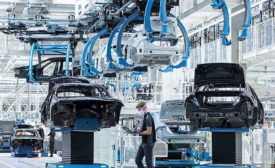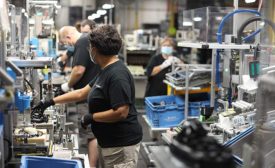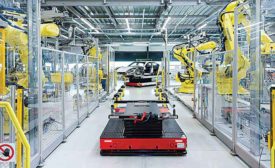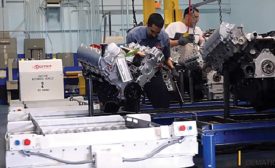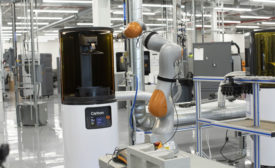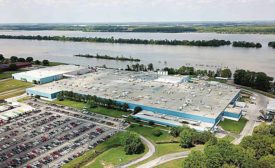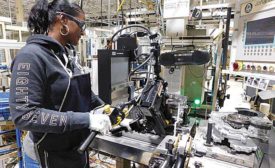Home » automated guided vehicles
Articles Tagged with ''automated guided vehicles''
Mercedes’ new assembly plant sets standards for flexibility, efficiency, sustainability and digital production.
Read More
2020 Assembly Plant of the Year: There’s No Looking Back at Murakami
The Campbellsville, KY, plant excels at continuous improvement and workforce development
October 6, 2020
RoboBusiness Direct presents:
The Automation of Manually Steered Vehicles: Insights, Analysis and Opportunities
May 28, 2020
2019 Assembly Plant of the Year: Refrigerator Production Heats Up at GE Appliances
Lean manufacturing and vertical integration thrive in Decatur, AL.
October 1, 2019
2018 Assembly Plant of the Year: Ford Shifts Flexible Assembly Into High Gear
The Van Dyke transmission plant excels at high-volume, high-mix production.
October 2, 2018
Never miss the latest news and trends driving the manufacturing industry
Stay in the know on the latest assembly trends.
JOIN TODAY!Copyright ©2025. All Rights Reserved BNP Media.
Design, CMS, Hosting & Web Development :: ePublishing
